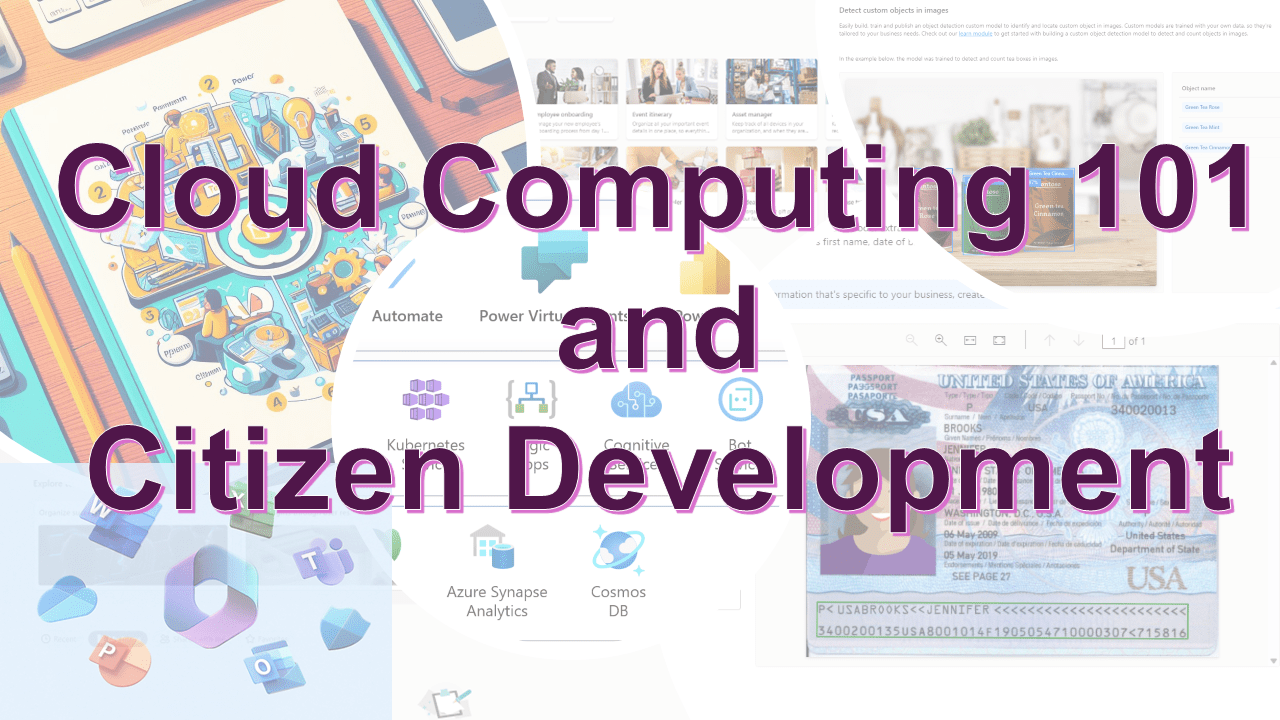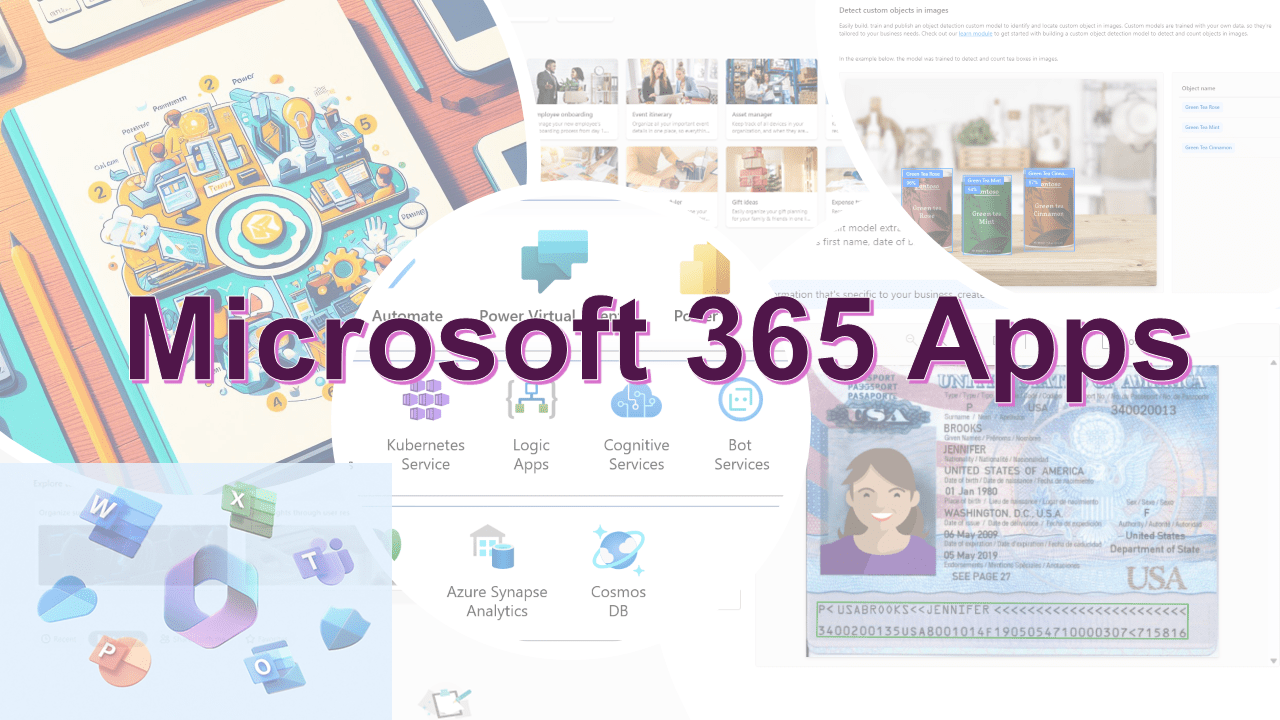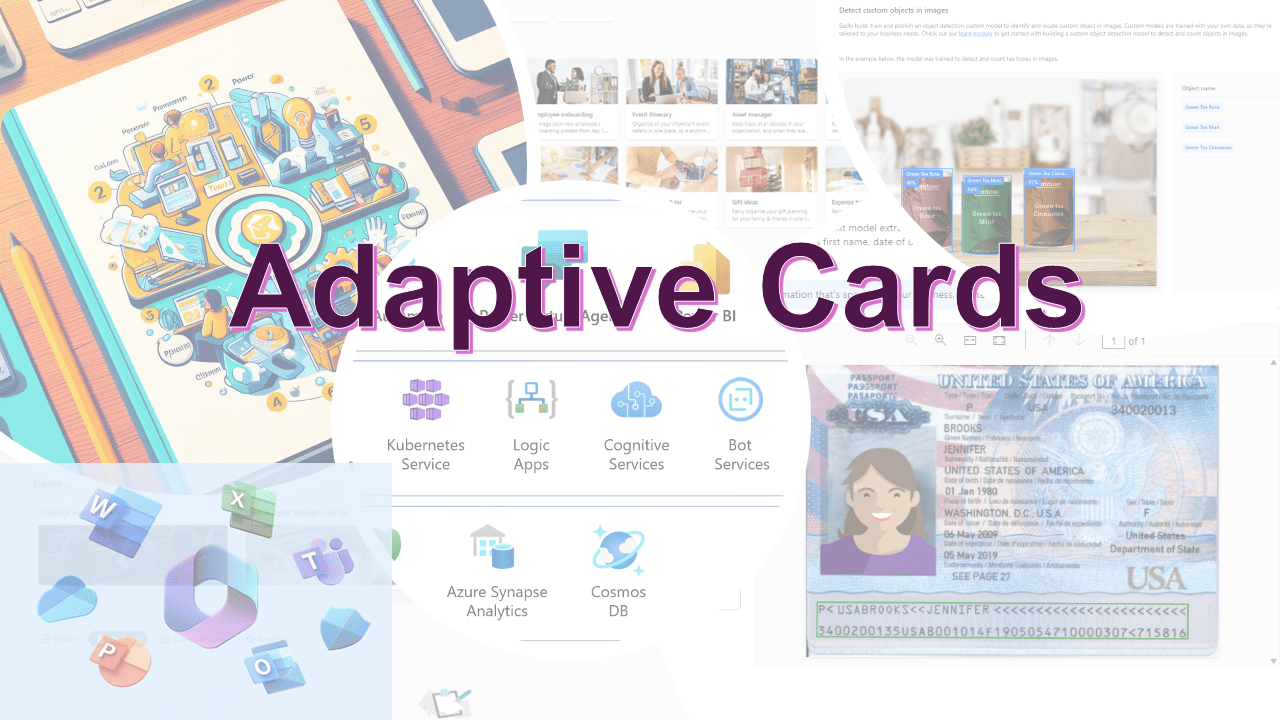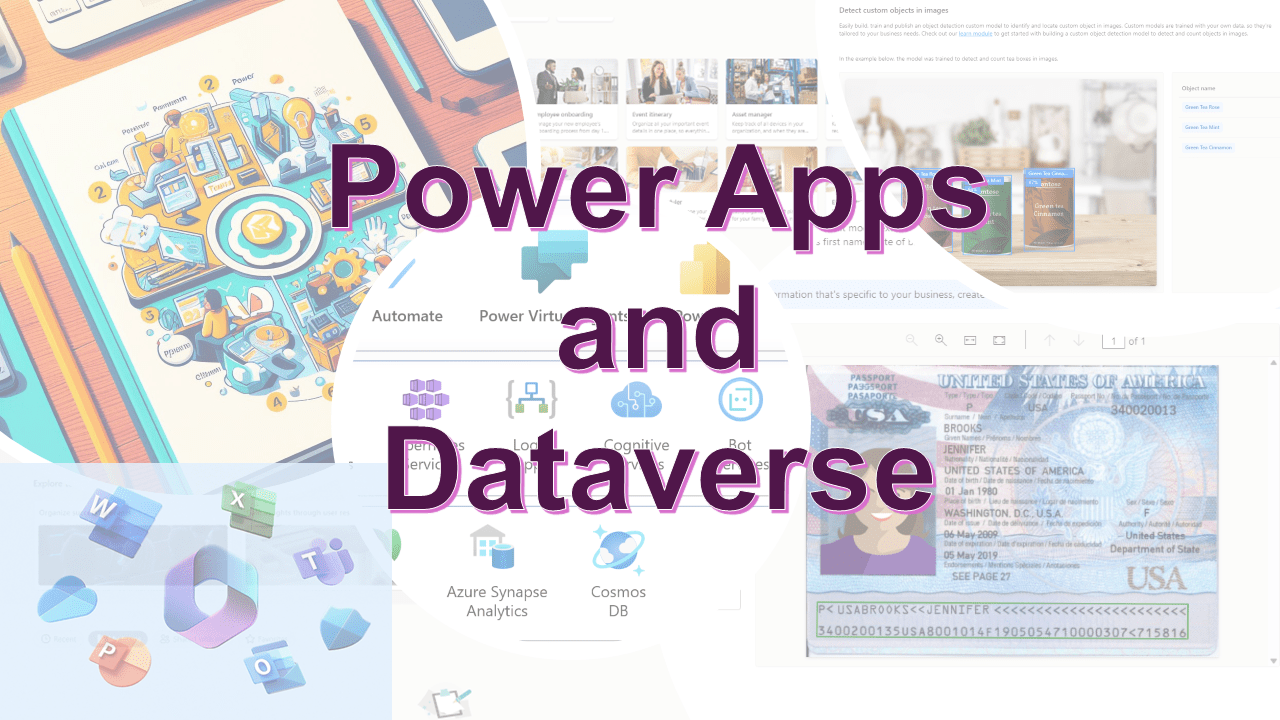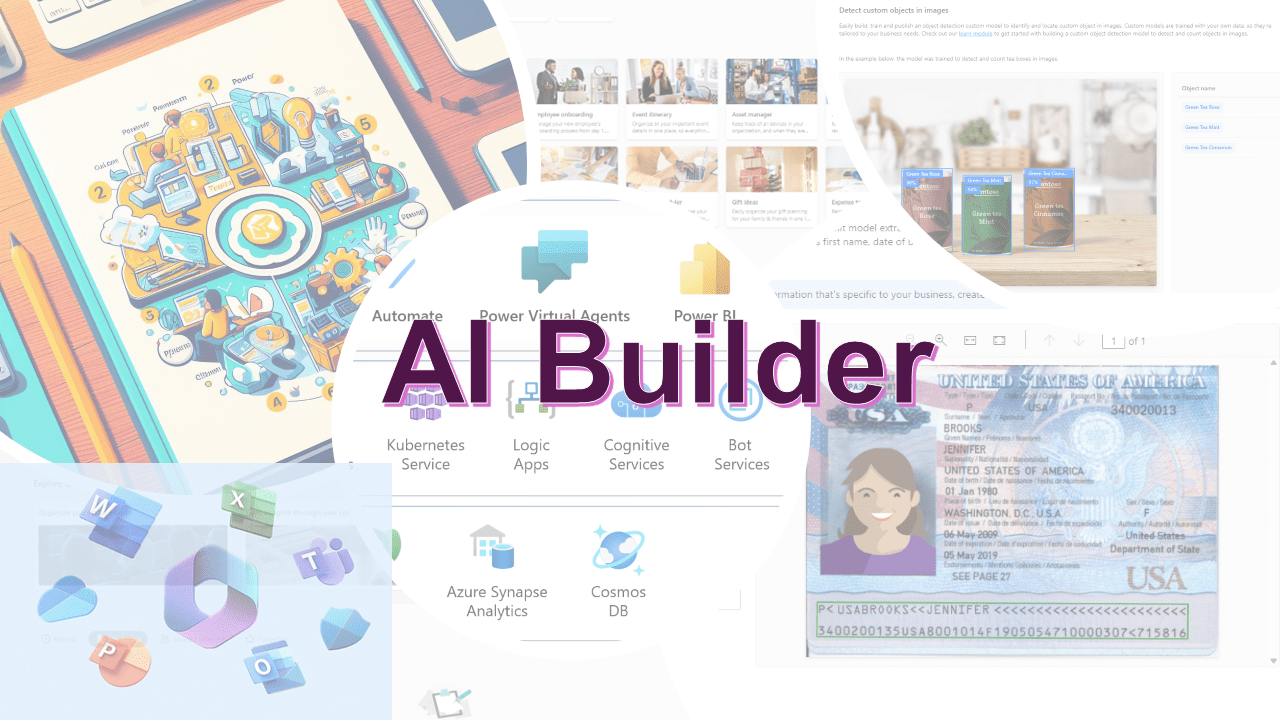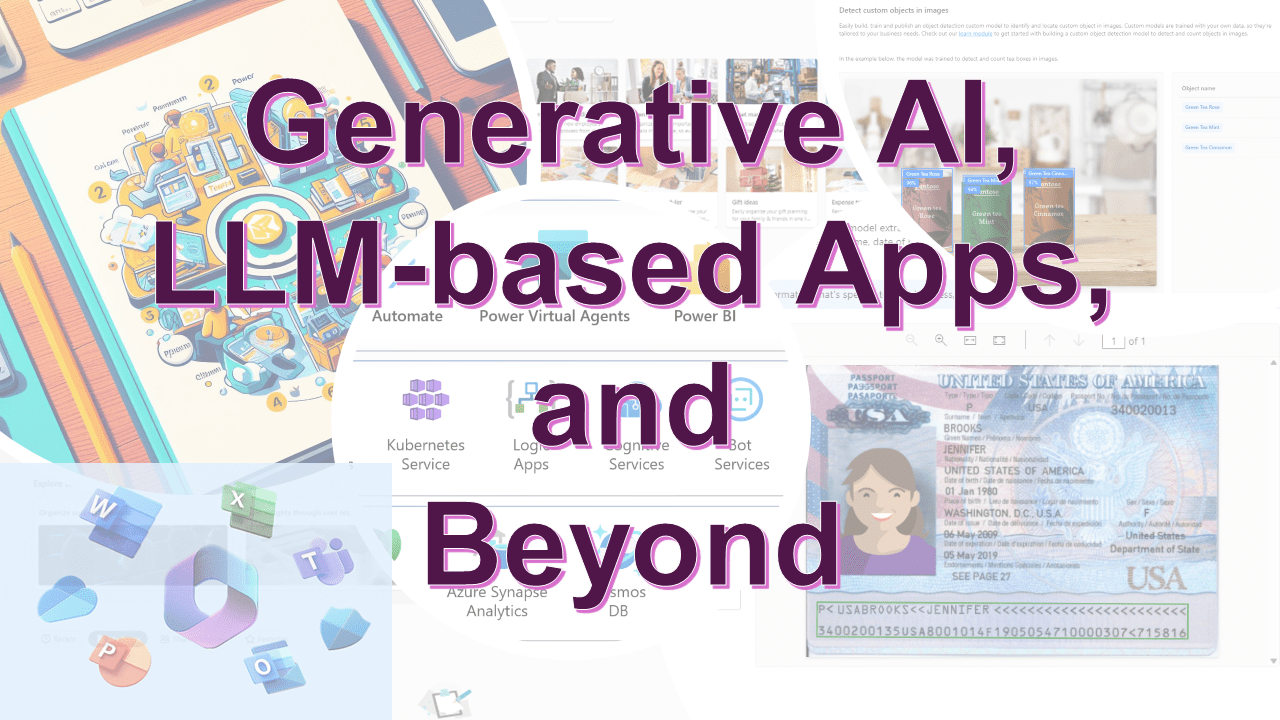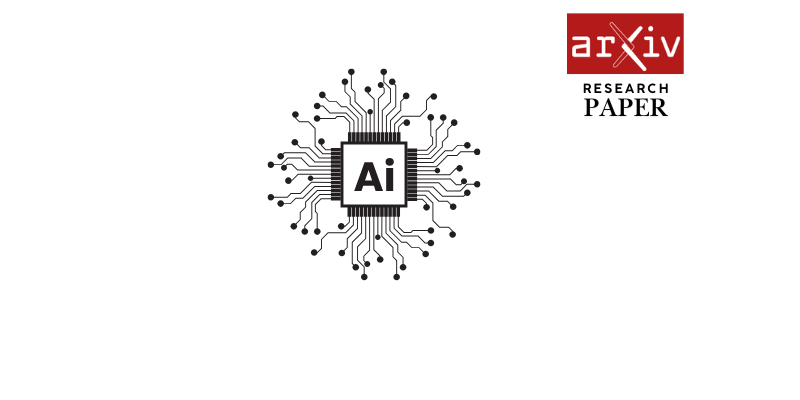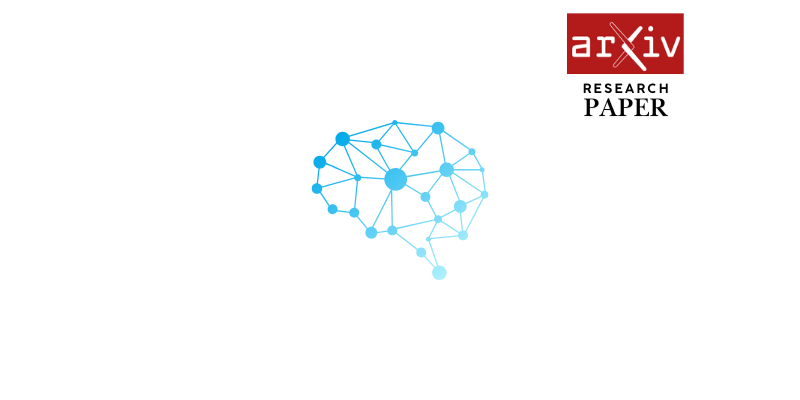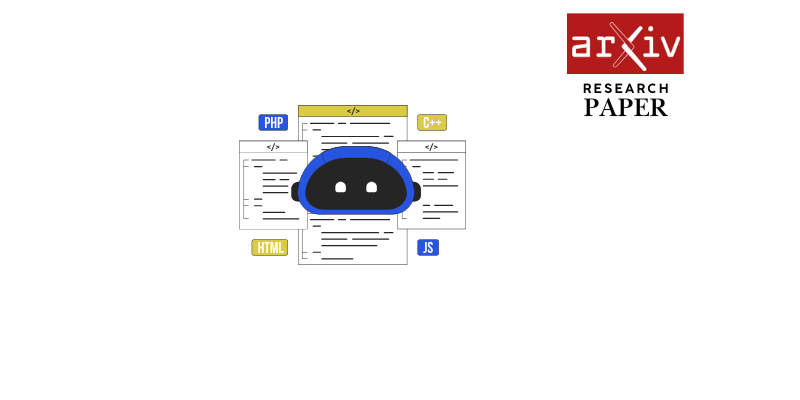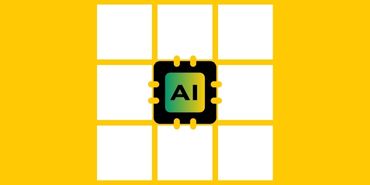Authors: Alexander H. Miller, Will Feng, Adam Fisch, Jiasen Lu, Dhruv Batra, Antoine Bordes, Devi Parikh, Jason Weston
Page 1:
ParlAI: A Dialog Research Software Platform
Alexander H. Miller, Will Feng, Adam Fisch, Jiasen Lu,
Dhruv Batra, Antoine Bordes, Devi Parikh and Jason Weston
Facebook AI Research
Abstract
We introduce ParlAI (pronounced “par-
lay”), an open-source software plat-
form for dialog research implemented in
Python, available at http://parl.ai . Its
goal is to provide a unified framework
for sharing, training and testing dialog
models; integration of Amazon Mechani-
cal Turk for data collection, human eval-
uation, and online/reinforcement learning;
and a repository of machine learning mod-
els for comparing with others’ models,
and improving upon existing architectures.
Over 20 tasks are supported in the first re-
lease, including popular datasets such as
SQuAD, bAbI tasks, MCTest, WikiQA,
QACNN, QADailyMail, CBT, bAbI Di-
alog, Ubuntu, OpenSubtitles and VQA.
Several models are integrated, including
neural models such as memory networks,
seq2seq and attentive LSTMs.
1 Introduction
The purpose of language is to accomplish com-
munication goals, which typically involve a dia-
log between two or more communicators (Crystal,
2004). Hence, trying to solve dialog is a funda-
mental goal for researchers in the NLP commu-
nity. From a machine learning perspective, build-
ing a learning agent capable of dialog is also fun-
damental for various reasons, chiefly that the solu-
tion involves achieving most of the subgoals of the
field, and in many cases those subtasks are directly
impactful to the task.
On the one hand dialog can be seen as a sin-
gle task (learning how to talk) and on the other
hand as thousands of related tasks that require dif-
ferent skills, all using the same input and output
format. The task of booking a restaurant, chatting
Figure 1: The tasks in the first release of ParlAI.
Figure 2: MTurk Live Chat for collecting QA
datasets in ParlAI.
about sports or the news, or answering factual or
perceptually-grounded questions all fall under dia-
log. Hence, methods that perform task transfer ap-
pear useful for the end-goal. Memory, logical and
commonsense reasoning, planning, learning from
interaction, learning compositionality and other
AI subgoals also have clear roles in dialog.
However, to pursue these research goals, soft-
ware tools should unify the different dialog sub-
tasks and the agents that can learn from them.
Working on individual datasets can lead to siloedarXiv:1705.06476v4 [cs.CL] 8 Mar 2018
Page 2:
research, where the overfitting to specific quali-
ties of a dataset do not generalize to solving other
tasks. For example, methods that do not gener-
alize beyond WebQuestions (Berant et al., 2013)
because they specialize on knowledge bases only,
SQuAD (Rajpurkar et al., 2016) because they pre-
dict start and end context indices (see Sec. 7), or
bAbI (Weston et al., 2015) because they use sup-
porting facts or make use of its simulated nature.
In this paper we present a software platform,
ParlAI (pronounced “par-lay”), that provides re-
searchers a unified framework for training and
testing dialog models, especially multitask train-
ing or evaluation over many tasks at once, as well
as seamless integration with Amazon Mechanical
Turk. Over 20 tasks are supported in the first re-
lease, including many popular datasets, see Fig. 1.
Included are examples of training neural models
with PyTorch and Lua Torch1. Using Theano2or
Tensorflow3instead is also straightforward.
The overarching goal of ParlAI is to build a
community-based platform for easy access to both
tasks and learning algorithms that perform well on
them, in order to push the field forward. This pa-
per describes our goals in detail, and gives a tech-
nical overview of the platform.
2 Goals
The goals of ParlAI are as follows:
A unified framework for development of dia-
log models. ParlAI aims to unify dialog dataset
input formats fed to machine learning agents to
asingle format , and to standardize evaluation
frameworks and metrics as much as possible. Re-
searchers can submit their new tasks and their
agent training code to the repository to share with
others in order to aid reproducibility, and to better
enable follow-on research.
General dialog involving many different skills.
ParlAI contains a seamless combination of real
and simulated language datasets, and encourages
multitask model development & evaluation by
making multitask models as easy to build as single
task ones. This should reduce overfitting of model
design to specific datasets and encourage models
that perform task transfer, an important prerequi-
site for a general dialog agent.
1http://pytorch.org/ andhttp://torch.ch/
2http://deeplearning.net/software/theano/
3https://www.tensorflow.org/Real dialog with people. ParlAI allows collect-
ing, training and evaluating on live dialog with hu-
mans via Amazon Mechanical Turk by making it
easy to connect Turkers with a dialog agent, see
Fig. 2. This also enables comparison of Turk ex-
periments across different research groups, which
has been historically difficult.
Towards a common general dialog model. Our
aim is to motivate the building of new tasks and
agents that move the field towards a working di-
alog model. Hence, each new task that goes into
the repository should build towards that common
goal, rather than being seen solely as a piece of
independent research.
3 General Properties of ParlAI
ParlAI consists of a number of tasks and agents
that can be used to solve them. All the tasks in
ParlAI have a single format (API) which makes
applying any agent to any task, or multiple tasks
at once, simple. The tasks include both fixed su-
pervised/imitation learning datasets (i.e. conver-
sation logs) and interactive (online or reinforce-
ment learning) tasks, as well as both real language
and simulated tasks, which can all be seamlessly
trained on. ParlAI also supports other media,
e.g. images as well as text for visual question an-
swering (Antol et al., 2015) or visually grounded
dialog (Das et al., 2017). ParlAI automatically
downloads tasks and datasets the first time they
are used. One or more Mechanical Turkers can be
embedded inside an environment (task) to collect
data, train or evaluate learning agents.
Examples are included in the first release of
training with PyTorch and Lua Torch. ParlAI uses
ZeroMQ to talk to languages other than Python
(such as Lua Torch). Both batch training and hog-
wild training of models are supported and built
into the code. An example main for training an
agent is given in Fig. 3.
4 Worlds, Agents and Teachers
The main concepts (classes) in ParlAI are worlds,
agents and teachers:
�world – the environment. This can vary from
being very simple, e.g. just two agents con-
versing, to much more complex, e.g. multiple
agents in an interactive environment.
�agent – an agent that can act (especially,
speak) in the world. An agent is either a
learner (i.e. a machine learned system), a
Page 3:
teacher = SquadTeacher(opt)
agent = MyAgent(opt)
world = World(opt, [teacher, agent])
for i in range(num_exs):
world.parley()
print(world.display())
def parley(self):
for agent in self.agents:
act = agent.act()
for other_agent in self.agents:
if other_agent != agent:
other_agent.observe(act)
Figure 3: ParlAI main for displaying data (top)
and the code for the world.parley call (bottom).
hard-coded bot such as one designed to inter-
act with learners, or a human (e.g. a Turker).
�teacher – a type of agent that talks to the
learner in order to teach it, e.g. implements
one of the tasks in Fig. 1.
After defining a world and the agents in it, a
main loop can be run for training, testing or dis-
playing, which calls the function world.parley() to
run one time step of the world. Example code to
display data is given in Fig. 3, and the output of
running it is in Fig. 4.
5 Actions and Observations
All agents (including teachers) speak to each
other in a single common format – the observa-
tion/action object (a python dict), see Fig. 5. It
is used to pass text, labels and rewards between
agents. The same object type is used for both
talking (acting) and listening (observing), but with
different values in the fields. Hence, the ob-
ject is returned from agent.act() and passed in to
agent.observe(), see Fig. 3.
The fields of the message are as follows:
�text: a speech act.
�id:the speaker’s identity.
�reward: a real-valued reward assigned to the
receiver of the message.
�episode done: indicating the end of a dialog.
For supervised datasets, there are some addi-
tional fields that can be used:
�label: a set of answers the speaker is expect-
ing to receive in reply, e.g. for QA datasets
the right answers to a question.
�label candidates: a set of possible ways to
respond supplied by a teacher, e.g. for multi-
ple choice datasets or ranking tasks.
�textcandidates: ranked candidate predic-
tions from a learner. Used to evaluate rankingpython examples/display_data.py -t babi
[babi:Task1k:4]: The office is north of the kitchen.
The bathroom is north of the office.
What is north of the kitchen?
[cands: office|garden|hallway|bedroom|kitchen|bathroom]
[RepeatLabelAgent]: office
- - - - - - - - - - - - - - - - - - - - -
˜˜
[babi:Task1k:2]: Daniel went to the kitchen.
Daniel grabbed the football there.
Mary took the milk there.
Mary journeyed to the office.
Where is the milk?
[cands: office|garden|hallway|bedroom|kitchen|bathroom]
[RepeatLabelAgent]: office
Figure 4: Example output to display data of a
given task (see Fig. 3 for corresponding code).
metrics, rather than just evaluate the single
response in the textfield.
�metrics: A teacher can communicate to a
learning agent metrics on its performance.
Finally other media can also be supported with
additional fields:
�image: an image, e.g. for Visual Question
Answering or Visual Dialog datasets.
As the dict is extensible, we can add more fields
over time, e.g. for audio and other sensory data, as
well as actions other than speech acts.
Each of these fields are technically optional, de-
pending on the dataset, though the textfield will
most likely be used in nearly all exchanges. A typ-
ical exchange from a ParlAI training set is shown
in Fig. 6.
6 Code Structure
The ParlAI codebase has five main directories:
�core: the primary code for the platform.
�agents : contains agents which can interact
with the worlds/tasks (e.g. learning models).
�examples : contains examples of different
mains (display data, training and evaluation).
�tasks : contains code for the different tasks
available from within ParlAI.
�mturk : contains code for setting up Mechan-
ical Turk and sample MTurk tasks.
6.1 Core
The core library contains the following files:
�agents.py : defines the Agent base class for
all agents, which implements the observe()
and act() methods, the Teacher class which
also reports metrics, and MultiTaskTeacher
for multitask training.
Page 4:
Observation/action dict
Passed back and forth between agents & environment.
Contains:
.text text of speaker(s)
.id id of speaker(s)
.reward for reinforcement learning
.episode done signals end of episode
For supervised dialog datasets:
.label
.label candidates multiple choice options
.text candidates ranked candidate responses
.metrics evaluation metrics
Other media:
.image for VQA or Visual Dialog
Figure 5: The observation/action dict is the cen-
tral message passing object in ParlAI: agents send
this message to speak, and receive a message of
this form to observe other speakers and the envi-
ronment.
�dialog teacher.py : the base teacher class
for doing dialog with fixed chat logs.
�worlds.py : defines the base World class, Di-
alogPartnerWorld for two speakers, MultiA-
gentDialogWorld for more than two, and two
containers that can wrap a chosen environ-
ment: BatchWorld for batch training, and
HogwildWorld for training across multiple
threads.
�dict.py : code for building language dictio-
naries.
�metrics.py : computes exact match, F1 and
ranking metrics for evaluation.
�params.py : uses argparse to interpret com-
mand line arguments for ParlAI
6.2 Agents
The agents directory contains machine learning
agents. Currently available within this directory:
�drqa: an attentive LSTM model DrQA
(Chen et al., 2017) implemented in PyTorch
that has competitive results on SQuAD (Ra-
jpurkar et al., 2016) amongst other datasets.
�memnn: code for an end-to-end memory net-
work (Sukhbaatar et al., 2015) in Lua Torch.
�remote agent: basic class for any agent con-
necting over ZeroMQ.
�seq2seq: basic GRU sequence to sequence
model (Sutskever et al., 2014)
�irbaseline: information retrieval (IR) base-
line that scores responses with TFIDF-Teacher: {
’text’: ’Sam went to the kitchen.\n Pat gave Sam the
milk.\nWhere is the milk?’,\
’labels’: [’kitchen’],
’label_candidates’: [’hallway’, ’kitchen’, ’bathroom’],
’episode_done’: False
}
Student: {
’text’: ’hallway’
}
Teacher: {
’text’: ’Sam went to the hallway\nPat went to the
bathroom\nWhere is the milk?’,
’labels’: [’hallway’],
’label_candidates’: [’hallway’, ’kitchen’, ’bathroom’],
’done’: True
}
Student: {
’text’: ’hallway’
}
...
Figure 6: A typical exchange from a ParlAI train-
ing set involves messages passed using the obser-
vation/action dict (the test set would not include
labels). Shown here is the bAbI dataset.
weighted matching (Ritter et al., 2011).
�repeat label: basic class for merely repeat-
ing all data sent to it (e.g. for debugging).
6.3 Examples
This directory contains examples of different
mains:.
�display data: display data from a particu-
lar task provided on the command-line.
�display model: show the predictions of a
provided model.
�eval model: compute evaluation metrics for
a given model on a given task.
�train model: execute a standard training
procedure with a given task and model, in-
cluding logging and possibly alternating be-
tween training and validation.
For example, one can display 10 random exam-
ples from the bAbI tasks (Weston et al., 2015):
python display data.py -t babi -n 10
Display multitasking bAbI and SQuAD (Ra-
jpurkar et al., 2016) at the same time:
python display data.py -t babi,squad
Evaluate an IR baseline model on the Movies Sub-
reddit:
python eval model.py -m ir baseline -t
‘#moviedd-reddit’ -dt valid
Train an attentive LSTM model on the SQuAD
dataset with a batch size of 32 examples:
python train model.py -m drqa -t squad
-b 32
Page 5:
6.4 Tasks
Over 20 tasks are supported in the first release,
including popular datasets such as SQuAD (Ra-
jpurkar et al., 2016), bAbI tasks (Weston et al.,
2015), QACNN and QADailyMail (Hermann
et al., 2015), CBT (Hill et al., 2015), bAbI Dialog
tasks (Bordes and Weston, 2016), Ubuntu (Lowe
et al., 2015) and VQA (Antol et al., 2015). All the
datasets in the first release are shown in Fig. 14.
The tasks are separated into five categories:
�Question answering (QA): one of the sim-
plest forms of dialog, with only 1 turn per
speaker. Any intelligent dialog agent should
be capable of answering questions, and there
are many kinds of questions (and hence
datasets) that one can build, providing a set
of very important tests. Question answering
is particularly useful in that the evaluation
is simpler than other forms of dialog if the
dataset is labeled with QA pairs and the ques-
tions are mostly unambiguous.
�Sentence Completion (Cloze Tests): the
agent has to fill in a missing word in the next
utterance in a dialog. Again, this is special-
ized dialog task, but it has the advantage that
the datasets are cheap to make and evaluation
is simple, which is why the community has
built several such datasets.
�Goal-Oriented Dialog: a more realistic class
of tasks is where there is a goal to be achieved
by the end of the dialog. For example, a cus-
tomer and a travel agent discussing a flight,
one speaker recommending another a movie
to watch, and so on.
�Chit-Chat: dialog tasks where there may not
be an explicit goal, but more of a discus-
sion — for example two speakers discussing
sports, movies or a mutual interest.
�Visual Dialog: dialog is often grounded in
physical objects in the world, so we also in-
clude dialog tasks with images as well as text.
Choosing a task in ParlAI is as easy as specify-
ing it on the command line, as shown in the dataset
display utility, Fig. 4. If the dataset has not been
used before, ParlAI will automatically download
it. As all datasets are treated in the same way in
ParlAI (with a single dialog API, see Sec. 5), a di-
alog agent can switch training and testing between
any of them. Importantly, one can specify many
4All dataset descriptions and references are at http://
parl.ai in the README.md andtask list.py .tasks at once (multitasking) by simply providing a
comma-separated list, e.g. the command line argu-
ments -t babi,squad , to use those two datasets,
or even all the QA datasets at once ( -t #qa ) or in-
deed every task in ParlAI at once ( -t #all ). The
aim is to make it easy to build and evaluate very
rich dialog models.
Each task is contained in a folder with the fol-
lowing standardized files:
�build.py : file for setting up data for the task,
including downloading the data the first time
it is requested.
�agents.py : contains teacher class(es),
agents that live in the world of the task.
�worlds.py : optionally added for tasks that
need to define new/complex environments.
To add a new task, one must implement build.py
to download any required data, and agents.py
for the teacher. If the data consist of fixed
logs/dialog scripts such as in many supervised
datasets (SQuAD, Ubuntu, etc.) there is very lit-
tle code to write. For more complex setups where
an environment with interaction has to be defined,
new worlds and/or teachers can be implemented.
6.5 Mechanical Turk
An important part of ParlAI is seamless integra-
tion with Mechanical Turk for data collection,
training or evaluation. Human Turkers are also
viewed as agents in ParlAI and hence human-
human, human-bot, or multiple humans and bots
in group chat can all converse within the standard
framework, switching out the roles as desired with
no code changes to the agents. This is because
Turkers also receive and send via the same in-
terface: using the fields of the observation/action
dict. We provide two examples in the first release:
(i)qacollector: an agent that talks to Turkers to
collect question-answer pairs given a context
paragraph to build a QA dataset, see Fig. 2.
(ii)model evaluator: an agent which collects
ratings from Turkers on the performance of
a bot on a given task.
Running a new MTurk task involves implement-
ing and running a main file (like run.py) and defin-
ing several task specific parameters for the world
and agent(s) you wish humans to talk to. For data
collection tasks the agent should pose the prob-
lem and ask the Turker for e.g. the answers to
questions, see Fig. 2. Other parameters include
the task description, the role of the Turker in the
Page 6:
task, keywords to describe the task, the number of
hits and the rewards for the Turkers. One can run
in a sandbox mode before launching the real task
where Turkers are paid.
For online training or evaluation, the Turker can
talk to your machine learning agent, e.g. LSTM,
memory network or other implemented technique.
New tasks can be checked into the repository so
researchers can share data collection and data eval-
uation procedures and reproduce experiments.
7 Demonstrative Experiment
To demonstrate ParlAI in action, we give results
in Table 1 of DrQA, an attentive LSTM architec-
ture with single task and multitask training on the
SQuAD and bAbI tasks, a combination not shown
before with any method, to our knowledge.
This experiment simultaneously shows the
power of ParlAI — how easy it is to set up this
experiment — and the limitations of current meth-
ods. Almost all methods working well on SQuAD
have been designed to predict a phrase from the
given context (they are given labeled start and end
indices in training). Hence, those models cannot
be applied to all dialog datasets, e.g. some of the
bAbI tasks include yes/no questions, where yes
and no do not appear in the context. This high-
lights that researchers should not focus models on
a single dataset. ParlAI does not provide start and
end label indices as its API is dialog only, see
Fig. 5. This is a deliberate choice that discourages
such dataset overfitting/ specialization. However,
this also results in a slight drop in performance be-
cause less information is given5(66.4 EM vs. 69.5
EM, see (Chen et al., 2017), which is still in the
range of many existing well-performing methods,
seehttps://stanford-qa.com ).
Overall, while DrQA can solve some of the
bAbI tasks and performs well on SQuAD, it does
not match the best performing methods on bAbI
(Seo et al., 2016; Henaff et al., 2016), and multi-
tasking does not help. Hence, ParlAI lays out the
challenge to the community to find learning algo-
rithms that are generally applicable and that bene-
fit from training over many dialog datasets.
5As we now do not know the location of the true answer,
we randomly pick the start and end indices of any context
phrase matching the given training set answer, in some cases
this is unique.Task Single Multitask
bAbI 10k 1: Single Supporting Fact 100 100
2: Two Supporting Facts 98.1 54.3
3: Three Supporting Facts 45.4 58.1
4: Two Arg. Relations 100 100
5: Three Arg. Relations 98.9 98.2
11: Basic Coreference 100 100
12: Conjunction 100 100
13: Compound Coref. 100 100
14: Time Reasoning 99.8 99.9
16: Basic Induction 47.7 48.2
SQuAD (Dev. Set) 66.4 63.4
Table 1: Test Accuracy of DrQA on bAbI 10k and
SQuAD (Exact Match metric) using ParlAI. The
subset of bAbI tasks for which the answer is ex-
actly contained in the text is used.
8 Related Software
There are many existing independent dialog
datasets, and training code for individual models
that work on some of them. Many are framed in
slightly different ways (different formats, with dif-
ferent types of supervision), and ParlAI attempts
to unify this fragmented landscape.
There are some existing software platforms that
are related in their scope, but not in their special-
ization. OpenAI’s Gym and Universe6are toolk-
its for developing and comparing reinforcement
learning (RL) algorithms. Gym is for games like
Pong or Go, and Universe is for online games and
websites. Neither focuses on dialog or covers the
case of supervised datasets as we do.
CommAI7is a framework that uses textual com-
munication for the goal of developing artificial
general intelligence through incremental tasks that
test increasingly more complex skills, as described
in (Mikolov et al., 2015). CommAI is in a RL set-
ting, and contains only synthetic datasets, rather
than real natural language datasets as we do here.
In that regard it has a different focus to ParlAI,
which emphasizes the more immediate task of real
dialog, rather than directly on evaluation of ma-
chine intelligence.
9 Conclusion and Outlook
ParlAI is a framework allowing the research com-
munity to share existing and new tasks for dia-
log as well as agents that learn on them, and to
collect and evaluate conversations between agents
and humans via Mechanical Turk. We hope this
6https://gym.openai.com/ andhttps://universe.openai.com/
7https://github.com/facebookresearch/CommAI-env
Page 7:
tool enables systematic development and evalua-
tion of dialog agents, helps push the state of the art
in dialog further, and benefits the field as a whole.
Acknowledgments
We thank Mike Lewis, Denis Yarats, Douwe
Kiela, Michael Auli, Y-Lan Boureau, Arthur
Szlam, Marc’Aurelio Ranzato, Yuandong Tian,
Maximilian Nickel, Martin Raison, Myle Ott,
Marco Baroni, Leon Bottou and other members of
the FAIR team for discussions helpful to building
ParlAI.
References
Stanislaw Antol, Aishwarya Agrawal, Jiasen Lu, Margaret
Mitchell, Dhruv Batra, C Lawrence Zitnick, and Devi
Parikh. 2015. VQA: Visual Question Answering. In Pro-
ceedings of the IEEE International Conference on Com-
puter Vision , pages 2425–2433.
Jonathan Berant, Andrew Chou, Roy Frostig, and Percy
Liang. 2013. Semantic parsing on freebase from question-
answer pairs. In EMNLP , volume 2, page 6.
Antoine Bordes and Jason Weston. 2016. Learn-
ing end-to-end goal-oriented dialog. arXiv preprint
arXiv:1605.07683 .
Danqi Chen, Adam Fisch, Jason Weston, and Antoine Bor-
des. 2017. Reading wikipedia to answer open-domain
questions. arXiv:1704.00051 .
David Crystal. 2004. The Cambridge encyclopedia of the En-
glish language . Ernst Klett Sprachen.
Abhishek Das, Satwik Kottur, Jos ´e MF Moura, Stefan Lee,
and Dhruv Batra. 2017. Learning cooperative visual di-
alog agents with deep reinforcement learning. arXiv
preprint arXiv:1703.06585 .
Mikael Henaff, Jason Weston, Arthur Szlam, Antoine Bor-
des, and Yann LeCun. 2016. Tracking the world
state with recurrent entity networks. arXiv preprint
arXiv:1612.03969 .
Karl Moritz Hermann, Tomas Kocisky, Edward Grefenstette,
Lasse Espeholt, Will Kay, Mustafa Suleyman, and Phil
Blunsom. 2015. Teaching machines to read and compre-
hend. In Advances in Neural Information Processing Sys-
tems, pages 1693–1701.
Felix Hill, Antoine Bordes, Sumit Chopra, and Jason Weston.
2015. The goldilocks principle: Reading children’s books
with explicit memory representations. arXiv preprint
arXiv:1511.02301 .
Ryan Lowe, Nissan Pow, Iulian Serban, and Joelle Pineau.
2015. The ubuntu dialogue corpus: A large dataset for re-
search in unstructured multi-turn dialogue systems. arXiv
preprint arXiv:1506.08909 .
Tomas Mikolov, Armand Joulin, and Marco Baroni. 2015.
A roadmap towards machine intelligence. arXiv preprint
arXiv:1511.08130 .Pranav Rajpurkar, Jian Zhang, Konstantin Lopyrev, and
Percy Liang. 2016. Squad: 100,000+ questions for ma-
chine comprehension of text. arXiv:1606.05250 .
Alan Ritter, Colin Cherry, and William B Dolan. 2011. Data-
driven response generation in social media. In EMNLP ,
pages 583–593. Association for Computational Linguis-
tics.
Minjoon Seo, Sewon Min, Ali Farhadi, and Hannaneh Ha-
jishirzi. 2016. Query-reduction networks for question an-
swering. arXiv preprint arXiv:1606.04582 .
Sainbayar Sukhbaatar, Jason Weston, Rob Fergus, et al. 2015.
End-to-end memory networks. In Advances in neural in-
formation processing systems , pages 2440–2448.
Ilya Sutskever, Oriol Vinyals, and Quoc V Le. 2014. Se-
quence to sequence learning with neural networks. In Ad-
vances in neural information processing systems , pages
3104–3112.
Jason Weston, Antoine Bordes, Sumit Chopra, Alexander M
Rush, Bart van Merri ¨enboer, Armand Joulin, and Tomas
Mikolov. 2015. Towards ai-complete question answering:
A set of prerequisite toy tasks. arXiv:1502.05698 .




